<span style=”line-height: normal; text-indent: -0.25in; font-size: 12pt;”>1) Formative research should tap into community engagement, but also inform it; in that sense, it precedes and also overlaps with engagement of the community. They are alike in that their goals are aligned: making sure the study will be the best fit for the community and the most successful it can be, for all stakeholders and researchers alike. They differ in how they are conducted, and although they can both inform each other, formative research does always start out first.</span>
<span style=”line-height: normal; text-indent: -0.25in; font-size: 12pt;”>2) Bridge HIV conducts formative research activities less frequently than perhaps we should, but often enough that I feel we are getting the information and perspectives we need to in order to best engage the community and conduct our outreach, education, recruitment, and ultimately the clinical research itself. We also conduct online surveys and in-person/phone surveys with community stakeholders to inform the development of research protocols, such as the current pre-study survey we are conducting at our site called the HOME survey, which is looking at perspectives on HIV testing within African American and Latino MSM and trans female communities. Community stakeholders are included in formative research activities such as focus groups and group interviews to understand community perceptions of HIV vaccines, clinical research processes in general, and HIV prevention as a broad concept. Community stakeholders are also included in the CAG, which regularly informs the development of these kinds of formative research projects and objectives.</span>


